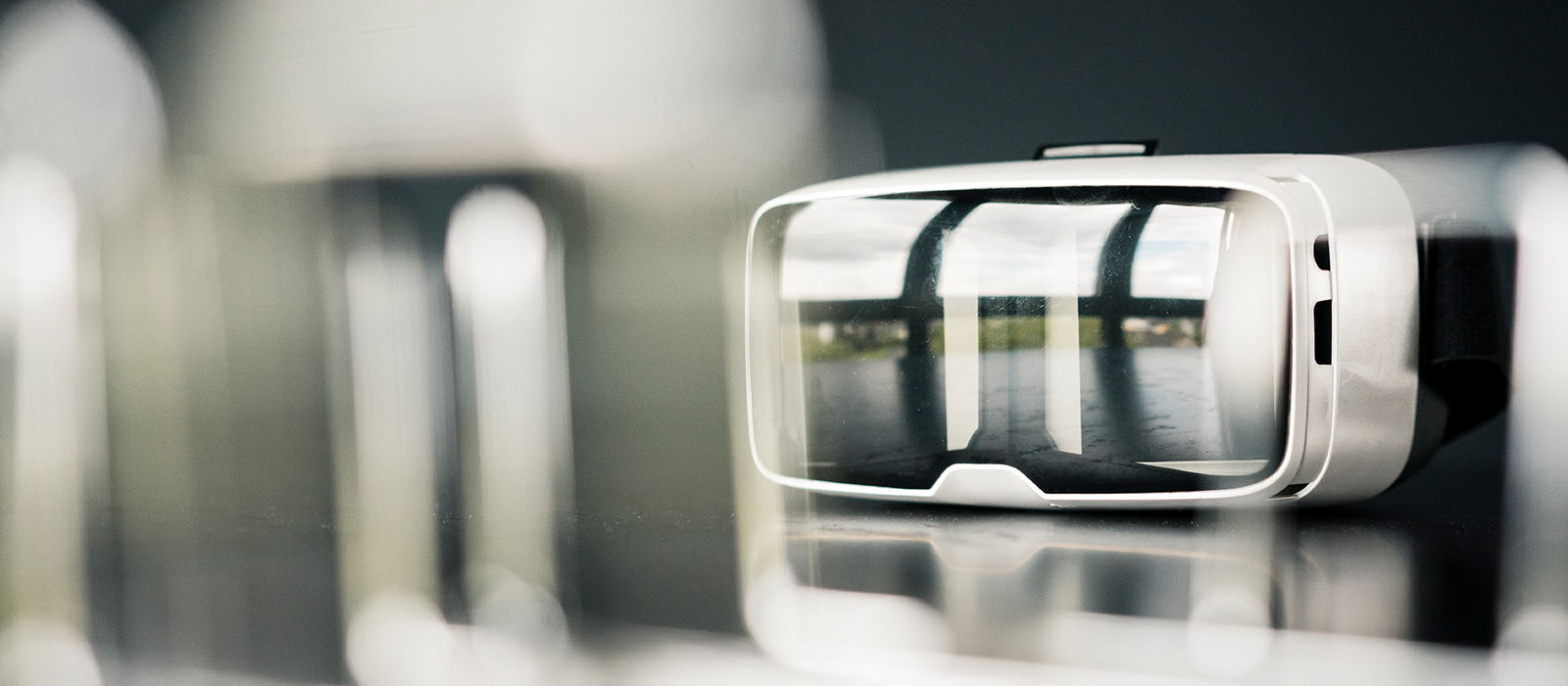The future of work in Capital Markets will likely involve a flexible blend of remote and on-premises working. In fact, Accenture’s Future of Work Study 2021 found that 83% of workers from across the economy regard a hybrid model as the optimal approach for the future. Navigating this shift successfully also means striking a fine balance: It is paramount to not lose the positive aspects of a workplace culture, such as collaboration and creativity, as firms shift to more hybrid models that might include an ongoing work from home (WFH) component.
XR: a group of technologies whose time has come
That is where Extended Reality (XR) comes in. The use of XR could create real value-add opportunities for firms and their clients alike. Trial and adoption of those technologies was already increasing before COVID-19 struck, and as with many other aspects of digital transformation, the pandemic has just accelerated it further.
Extended Reality (XR) is an umbrella term mostly used to describe immersive cutting-edge technologies such as Virtual Reality (VR), Augmented Reality (AR) and Mixed Reality (MR) headsets. Those technologies could help companies retain a collaborative and vibrant culture while adapting to remote settings.
A range of XR use cases in investment banking
I’ll now take a quick look at how these technologies could be applied by investment banks going forward with a couple of practical examples.
Investor roadshows: extending reach and engagement, reducing cost
Roadshows are a key factor in determining the success of an IPO. There is a general perception that presenting an investment opportunity to potential investors through a virtual medium might reduce the impact due to lack of face-to-face connection and interaction. However, compared to a traditional “two-dimensional” video link, the immersive nature of XR could help to overcome this drawback.
By using XR for roadshows, a firm could reach and engage with a larger number of investors over multiple locations in an interactive, robust and dynamic way while also reducing costs, logistical challenges and the need for travel.
As XR usage matures further, it could evolve into a unique virtual environment where prospective investors are fully immersed in the story of the company, its products/services, and the value it offers to its customers. All of this could be done in a way that integrates financial performance, projections, and growth opportunities thus enabling investors to interact with and explore the data individually with easy virtual access to founders or key personnel for questions and conversation.
M&A Due Diligence: blending remote immersion with complete security
Using VR headsets, parties from all over the world could be brought together in highly secure virtual rooms to conduct M&A Due Diligence. The result would be remote interactions on par with face-to-face experiences, without the heightened risk of unsanctioned information leakage that has historically come with previous forms of remote collaboration.
How will this work? With access restricted to those with VR headsets, XR offers a secure way to meet in-person and/or remotely to discuss, debate, and analyze confidential information for review. The risk of data leakage could be further reduced through built-in precautions such as the inability to screenshot data or share information beyond the virtual meeting room. As with roadshows, using VR headsets removes the logistical costs involved in securing and travelling to a physical meeting space.
Trading floor: location-agnostic collaboration and visualization
To be productive in their jobs, traders need real-time access to large amounts of data, charts, and graphs. Individuals and groups of traders often sit together and collaborate over trades. This means effective trading, compliance, and risk management have traditionally been limited by restrictions around physical pixel space, portability, and insight into information and monitoring.
XR can overcome these limitations by offering what is effectively “infinite” pixel space for traders, together with the ability to customize and create multiple preferences for in-person and real-time “line of sight” to desk heads. As a result, XR could replicate all the benefits of a modern trading floor along with advanced capabilities that have previously been unavailable, plus the ability to access the trading environment from anywhere in the world.
By creating a ”digital twin” of the physical trading floor, firms could foster new methods of communication by allowing both in-person and remote access. Using the power of immersive visualization techniques of presenting information on the floor and with clients could increase collaboration and improve outcomes and visibility on both sides of a trade. Imagine the potential to present immersive data experiences and surface new forms of insight. Or to walk to the physical trading floor from a virtual location–while “dropping in” on localized conversations and seeing “activity” at individual desks as you walk. Ultimately, the digital twin could even eliminate the need for physical disaster recovery trading floors, assuming XR would develop further into a possible and viable disaster recovery approach.
Compliance and training: real-time monitoring, real-world scenarios
XR capabilities could in theory also provide surveillance capabilities for compliance and regulatory purposes. Aggregated data and machine learning—including one’s vital signs—could be used to detect state of stress.
XR could also assist banks to improve employee training by using advanced simulation models to replicate real-world situations in a digital form. Advanced scenario models, enabled by XR, could be used with current employees to provide real-time training and ensure employees are well-equipped for real-world situations. The outcomes could include better-equipped employees and lower staff turnover.
What’s next?
The possibilities of leveraging Extended Reality to support investment banks and their clients are many. Each one could help deliver a streamlined way to make global workplaces accessible by reducing the need to travel. And I believe we will see other use cases emerge in the near future, beyond the ones I mention above. The real tell will be however which use cases firms will invest in now to get ahead of the competition.
If you’ve found this blog post interesting, you can find more information on extended reality here or please feel free to reach out to me directly for a further conversation.







